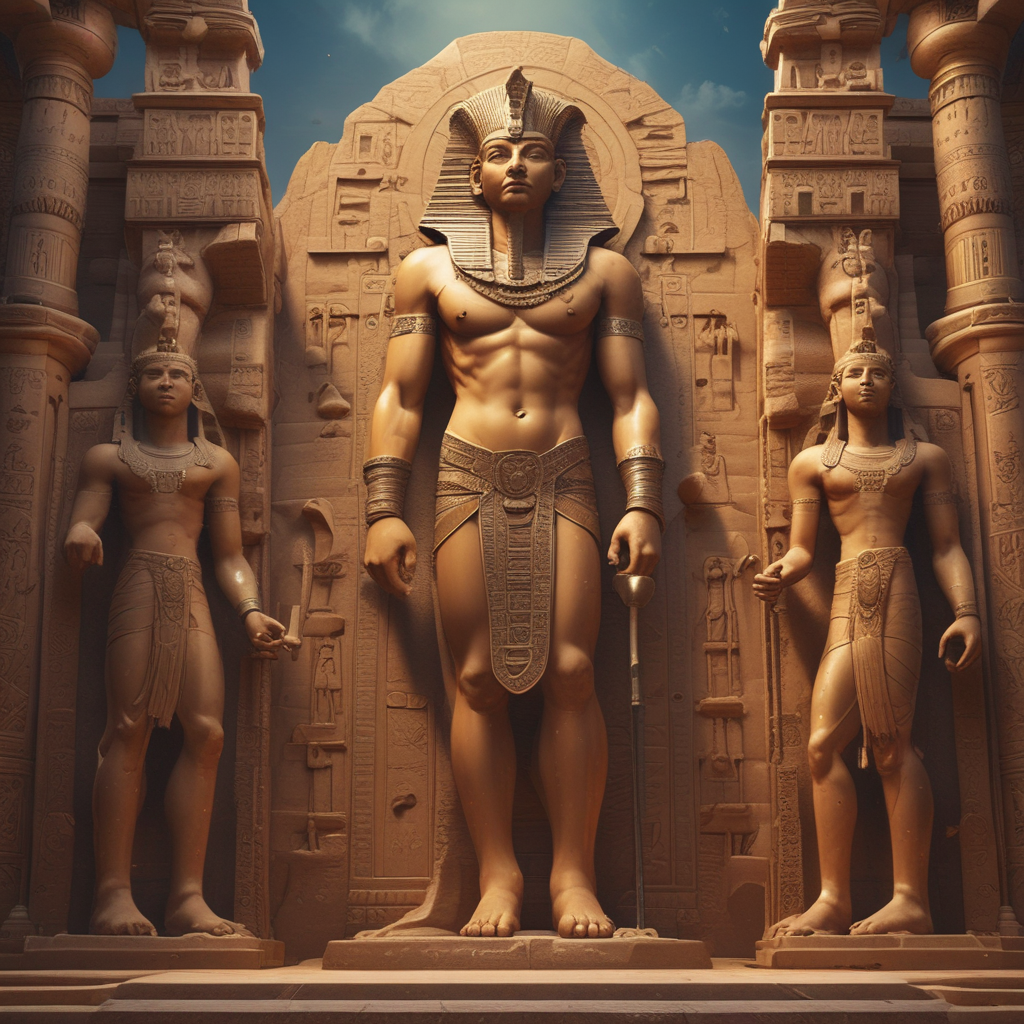The Myth of the God Min in Egyptian Mythology
Who is Min in Egyptian Mythology?
In Egyptian mythology, Min was a deity associated with fertility and virility, often depicted as a man with an erect phallus symbolizing procreation and new life. He was believed to be a protector of crops, especially when it came to the harvest.
What Role Did Min Play in Ancient Egypt?
Min was revered by the ancient Egyptians as a god who ensured the reproductive forces of nature. He was worshipped in festivals where his phallus was celebrated as a symbol of regeneration and the cyclical nature of life.
Symbolism and Worship of Min
Min was commonly associated with the color red, considered to be a symbol of life and regeneration. He was also linked to the white bull, a sacred animal in Egyptian culture. Rituals honoring Min involved offerings of plants, fruits, and flowers to promote abundance and fertility.
The Legacy of Min in Egyptian Culture
Min’s significance extended beyond agriculture and fertility. He was also seen as a protector of travelers and a defender against evil forces. His presence in temples and tombs highlighted the belief in his power to guide souls in the afterlife.
FAQ about the Myth of the God Min in Egyptian Mythology
Who was the God Min in Egyptian Mythology?
Min was an ancient Egyptian god associated with fertility, agriculture, and the harvest. He was often depicted with an erect phallus, symbolizing procreation and regeneration.
What was Min’s significance in Egyptian mythology?
Min was revered for his role in ensuring the fertility of the land, animals, and humans. He was believed to bless the crops and ensure a bountiful harvest, making him a vital deity in the agricultural society of ancient Egypt.
How was Min typically portrayed in Egyptian art?
Min was usually depicted as a man with an erect phallus, wearing a double plumed crown and holding a flail. He symbolized masculine virility and the creative forces of nature.
Where was Min worshipped in ancient Egypt?
Min was primarily worshipped in the city of Akhmim in Upper Egypt, where he had a major cult center. He was also honored in other regions of Egypt for his role in ensuring prosperity and abundance.
Was Min associated with any other Egyptian deities?
Min was sometimes linked with the god Amun, forming the combined deity known as Amun-Min. This fusion represented the merging of fertility and supreme kingship aspects within Egyptian religious beliefs.





